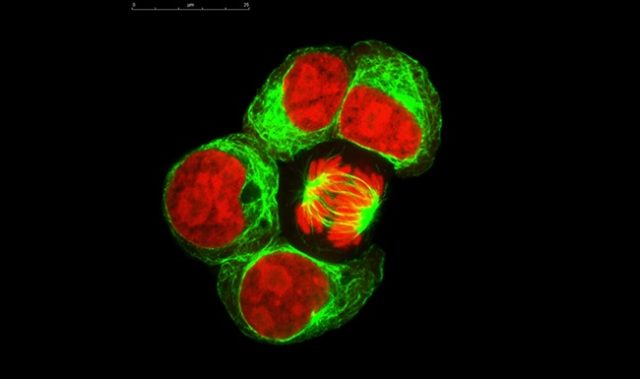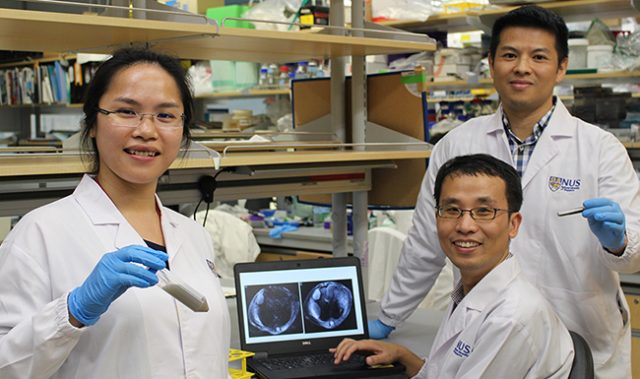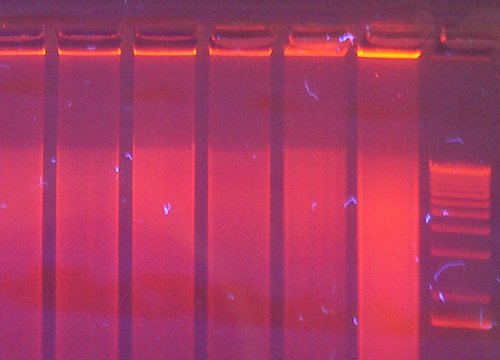
Asian Scientist (Sep. 20, 2013) – Scientists from Singapore and the US have bound multiple molecules of a common leukemia drug to nano-sized diamonds, enhancing the delivery of the drug to leukemic cells and boosting the drug’s effectiveness in combating the cancer.
Daunorubicin is currently one of the most common drugs used to treat leukemia. The drug works by slowing down or stopping cancer cells from growing, causing many of them to die. It is also common, however, for leukemia to become resistant to this drug after treatment.
One mechanism by which this opposition, commonly known as chemoresistance, happens is through the expression of drug transporter pumps in leukemia cells that actively pump out chemotherapeutics, including daunorubicin.
In their research, published in Nanomedicine: Nanotechnology, Biology, and Medicine, the team of scientists turned to nanodiamonds, tiny carbon-based particles 2 to 8 nanometers in diameter, as an option to address chemoresistance.
The scientists covered the surfaces of nanodiamonds with daunorubicin, and introduced these hybrid nanodiamond-drug complexes to leukemic cells.
They found that nanodiamonds could carry the drug to the cancer cells without being pumped out.
Furthermore, due to their non-invasive sizes and unique surface features, nanodiamonds can be easily released without blocking up blood vessels.
“The use of nanodiamonds offers a promising combination of biocompatibility and the capability to enhance therapeutic efficacy. Furthermore, our initial safety tests both in vitro and in vivo indicate that they are well tolerated which is a promising step towards continued translational development,” said Professor Edward Chow, a co-author of the study.
The team noted that further development and safety evaluation of nanodiamond systems are necessary to realize their full potential. To further the research, they will be evaluating the drug-delivery complexes in clinical settings.
The scientists hope that their work can be translated into the clinic for use against leukemia that does not respond to daunorubicin treatment.
The article can be found at: Man et al. (2013) Synthesis Of Nanodiamond–Daunorubicin Conjugates To Overcome Multidrug Chemoresistance In Leukemia.
——
Source: NUS; Photo: Han B. Man and Hansung Kim.
Disclaimer: This article does not necessarily reflect the views of AsianScientist or its staff.












